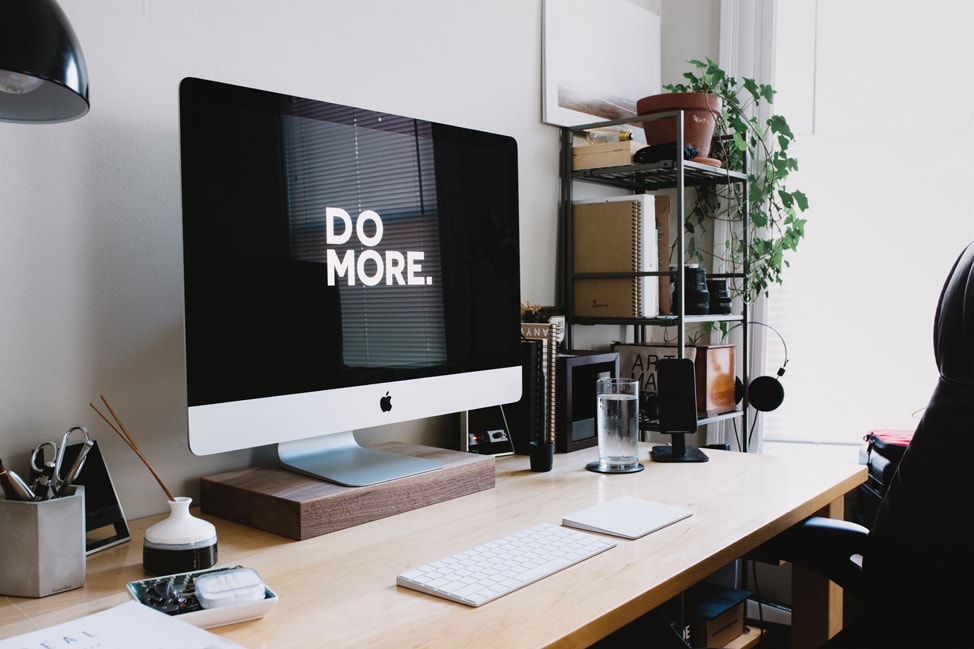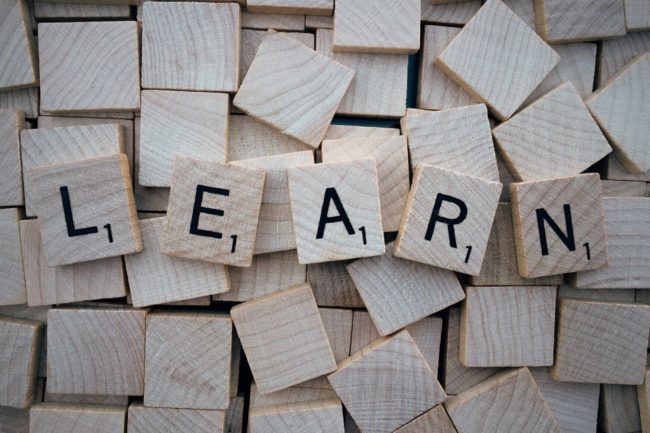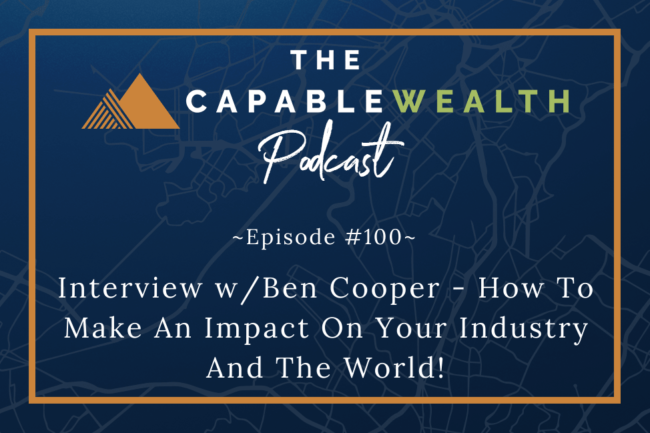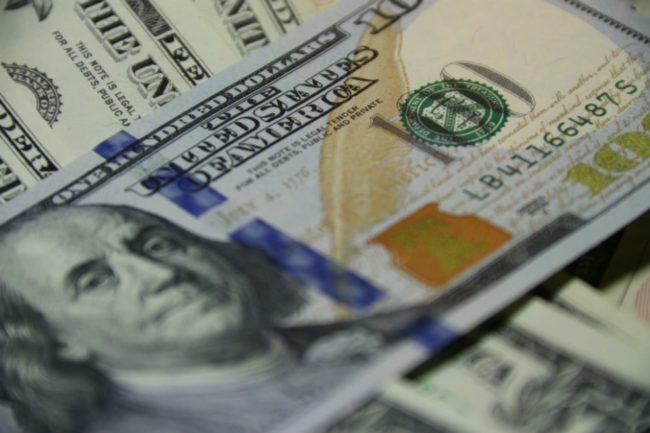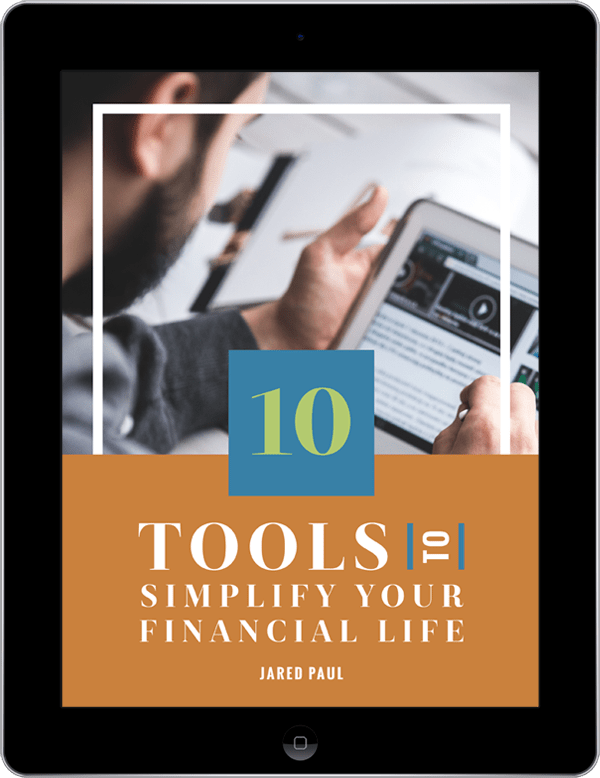Debt is a common theme for most people.
Most of us are living with that weight on our shoulders (or shackle on our ankles is how I like to think of it) and would love to get rid of it.
The problem is that most of us don’t have a plan for how we will pay down our debt. If you’re like most people, you just pay your monthly minimum payments and then perhaps haphazardly throw some extra money at it every once in a while.
I know that’s what I used to do when I was just out of college.
By not having a set plan you might be missing out on the ability to speed up the pay-down process, and could be paying thousands of dollars in extra interest payments over the life of the loan.

Today I’m going to walk you through a few simple steps you should take to jump-start your debt repayment plan, and get yourself out of debt as soon as possible.
#1. GET YOUR DUCKS IN A ROW
You need to start by understanding all of your debts. The average individual has about 3 credit cards and has over $5,000 in total credit card debt. This doesn’t include student debt, auto loans, a mortgage, etc. So a typical family might have over half dozen different debt accounts or more.
You need to start by compiling all of the data for your loans into one place, like an account aggregation tool such as Mint, an excel spreadsheet, or any other way you cook up. What you’ll need is the total balances, interest rates, and monthly minimum payments.
Once you have all of this data you can create a strategy to pay down the debt.
#2. SIMPLICITY IS IDEAL
The simplest strategy I recommend is two-fold:
Step One: Set up every account to have auto-pay for the monthly minimum balance. This way you will never miss a payment and hurt your credit score. Also, by adding up all of the minimums, this will give you the least amount that you need to be budgeting for each month.
Step Two: Any additional money you have to go toward paying down your debt should all be put toward the debt with the highest interest rate. This way you are saving on total costs over the long-term by wiping out your highest interest payments first and working your way down.
Mental Hack:
The strategy of paying down the highest interest rate card first makes the most financial sense, BUT studies have shown value in creating a “snowball” effect in which a person gains momentum by eliminating account balances.
Example: Instead of paying the highest interest card off first, focus your extra money on the account with the smallest balance. Once you’ve paid that one off, move on to the next smallest balance. This way you achieve more “wins” by paying off entire cards, leaving you with a smaller number of accounts to focus on.
There is something psychologically empowering by saying, “I had 5 credit cards with balances, and now it’s down to just 2 cards! Woohoo!”
#3. LOOK FOR 0% APR BALANCE TRANSFERS
You might have a lot of debt, but if your credit score is good then you might be eligible for a balance transfer. Some cards offer a balance transfer for up to 21 months of 0% APR for a fee of around 3% (check here). That’s almost 2 YEARS of no interest payments!
Yes, you have to pay a fee that is often added to the total balance. But, if you’re paying an interest rate of, let’s say 16.06%, which happens to be the national average (interesting stats), over the course of 21 months you could have paid in the high 20’s for interest. Let’s just assume it’s 25% for arguments sake.
Let’s see, 25% – 3%, carry the two… Uh, yea, that’s a pretty good deal!
You are clearly making out in this scenario.
And on top of that, over the course of the 21 months you can continue to make payments that go entirely to the principal of your loan. This will help you pay down the loan much faster. And of course, when the interest rate does start to kick in, if you found a card with good terms you might have a lower rate than your previous card.
Any way you slice it; the ability to transfer to a 0% APR card usually has a positive impact, if properly done.

#4. AN EMERGENCY FUND IS KEY
This part is crucial! During the process of paying down your debt, life is sure to throw some curve balls your way. For this reason, and many others, I am a big advocate of having an emergency fund, rainy day fund… Whatever you want to call it, make sure you have some cash in the bank!
An emergency fund is exactly what it sounds like, enough readily available assets like cash, that can help you pay for any emergencies that come up (car breaks down, unexpected medical bills, etc).
An Emergency Fund is important in the debt pay-down process because, if an emergency comes up and you don’t have one, it could derail your ability to stick to your plan. Not only could it stop you from making payments, it could cause you to go into more debt because you might have to pay for the emergency with a credit card, making the problem worse.
The industry norm is to say you should have at least 3-6 months of income saved in an Emergency Fund. Yeah, well…that is nice thought, and certainly something to strive toward, but most people don’t have anywhere near that.
Here are some hard facts for you:
- Just 15% of people have $10,000 or more saved.
- Almost 70% have less than $1,000 saved.
In my opinion, by having at least $1,000-$3,000 in cash, separate from anything else, should suffice for the majority of minor emergencies (i.e. new car tires, emergency dental bill, unexpected co-pays, etc.). That obviously won’t cover all emergencies, but it will take care of a lot of the little ones, helping you stay on track.
You certainly need to strive for more than that, but that should be a decent starting point for most people.
So if you don’t have an emergency fund already, make it a point to start putting some money aside at the same time you pay down your debts. Think of it as another “monthly minimum payment” you have to make, only this one goes into your own pocket.
Capably Yours,
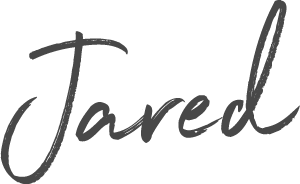
I hope you enjoyed this article. If you’re interested in receiving more articles like this one directly in your inbox, sign up for our email list via the form below.



